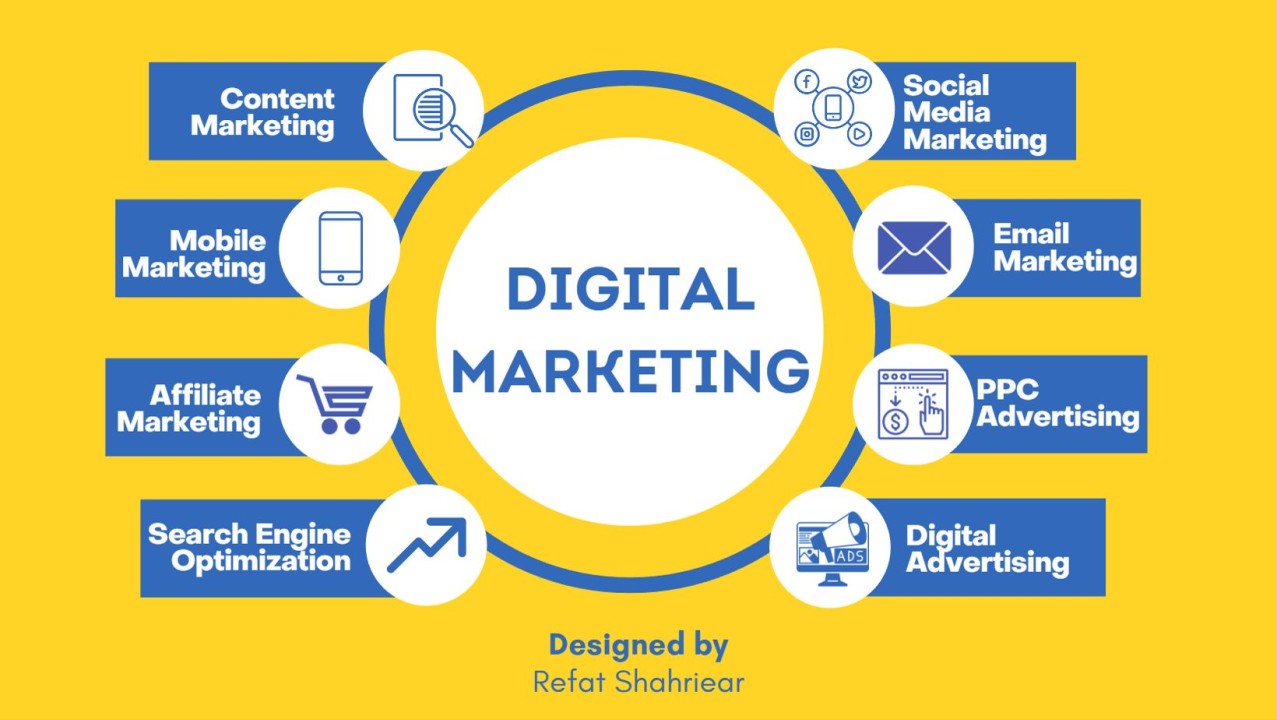Enhance User Experience and Drive Website Traffic With Responsive Internet Layout
In today's digital landscape, where users are accessing websites from a wide range of tools, receptive website design has actually come to be more crucial than ever before. With its ability to adapt and effortlessly adapt to various screen sizes, receptive style not only improves individual experience yet additionally drives website traffic to your internet site. Why is this design strategy so essential? Exactly how does it enhance individual involvement and increase internet site web traffic? In this conversation, we will certainly explore the vital aspects of reliable responsive layout, dig into the most effective techniques for its application, and uncover the keys to enhancing user experience while driving more traffic to your web site.
Why Receptive Web Style Issues
Responsive website design is a vital facet of modern-day internet advancement as a result of its capability to make certain optimal customer experience across various tools and screen dimensions. With the spreading of smartphones, tablet computers, and various other mobile tools, it has actually become critical for web sites to adapt and supply smooth capability regardless of the device being used.
The main reason that receptive website design matters is that it permits customers to have a delightful and constant browsing experience, despite the tool they are using. A receptive site automatically changes its layout, style, and content components to fit the display dimension and resolution of the gadget, guaranteeing that customers can conveniently browse and engage with the site with no hassle or irritation.
Additionally, responsive website design also plays a substantial duty in search engine optimization (SEARCH ENGINE OPTIMIZATION) Internet search engine, such as Google, prioritize web sites that are mobile-friendly and receptive in their search engine result. By incorporating responsive design concepts, web sites can boost their presence and position, bring about boosted organic website traffic and possible clients.

Boosting User Interaction Through Responsive Style
Maximizing customer involvement is a crucial goal of receptive design, as it makes sure that users can quickly accessibility and connect with internet site web content on any kind of device. With the increasing use of tablets and smartphones, it is critical for web sites to adapt to different screen dimensions and resolutions. Responsive design makes it possible for websites to immediately readjust their format and content to provide a seamless user experience across gadgets.
Among the main methods receptive style improves individual interaction is by minimizing tons times. With a receptive website, individuals do not have to await separate mobile versions to tons, causing faster accessibility to web content. This improved rate leads to greater individual fulfillment and urges them to spend even more time on the site.
Additionally, responsive design enhances customer involvement by improving navigating and user interface (The Ad Firm). When a web site is designed responsively, menus and switches are enhanced for touch communications, making it simpler for customers to interact and browse with the website on their mobile devices. This intuitive and easy to use experience keeps users engaged and urges them to explore more of the site
In addition, responsive layout permits better material visibility and readability. By adapting the design and font style dimensions to various gadgets, receptive sites ensure that users can quickly comprehend the web content and check out. This improves user interaction by minimizing the requirement for zooming or scrolling to read the text.
Raising Site Web Traffic With Responsive Internet Layout
With the growing appeal of mobile phones, having a site that is responsive to different screen sizes and resolutions is crucial for driving enhanced website traffic. In today's electronic landscape, users are accessing web sites from a variety of devices such as smart devices, tablets, and home computer. Each of these gadgets has different display sizes and resolutions, and if your site is not made to adjust to these variants, it can lead to an inadequate individual experience and a loss of possible website traffic.
Receptive website design makes certain that your web site looks and works ideally throughout all tools. By utilizing adaptable grids, fluid pictures, and media inquiries, responsive design allows your site to instantly adjust its material, design, and navigating to fit any kind of screen size. This implies that customers will certainly have a seamless browsing experience no matter whether they are using a huge desktop computer or a small mobile phone computer.
Key Components of Effective Receptive Layout
Effective receptive layout incorporates several essential aspects that make sure a seamless user experience across different gadgets. This permits content to be shown in a understandable and aesthetically enticing manner on any type of tool.
An additional vital element is media questions. These allow developers to use various designs and designs based upon the features of the customer's device, such as display size and orientation. By making use of media inquiries, developers can optimize the discussion of material for each and every device, making sure that it is quickly accessible and readable.
Responsive photos are also important in reliable receptive layout. Pictures that are also big can reduce page lots times on mobile phones, while images that are too small might appear pixelated on larger screens. By utilizing strategies such as receptive image resizing and lazy loading, developers can ensure that pictures are appropriately sized and maximized for every tool.
Last but not least, reliable receptive style entails a mobile-first technique. This suggests prioritizing and creating content for mobile devices initially, and then that site increasing and improving the layout for larger displays. This strategy ensures that the most essential material is easily accessible on smaller displays, while still providing an abundant experience on larger devices.
Finest Practices for Executing Receptive Web Style
Implementing responsive website design calls for mindful factor to consider of numerous finest techniques to make certain an optimum individual experience across different tools. Here are some vital ideal methods to comply with when carrying out receptive website design.
First of all, it is vital to focus on mobile individuals. With the enhancing dominance of mobile devices, developing for mobile-first has actually come to be vital. Start by creating for smaller displays and afterwards gradually boost the design for bigger displays.

Another important finest technique is to optimize images for different display resolutions. see here now Large photos can reduce the packing time of your website, particularly on mobile gadgets with slower links. Use responsive photos that can be resized based upon the tool's display resolution to enhance performance.
Furthermore, test your web site on various devices and display sizes to make i was reading this sure a seamless and regular experience. There are different testing devices available that can help you identify any type of problems and make essential modifications.
Finally, focus on functionality and access. Guarantee that your web site is easy to navigate, with concise and clear material. Ensure that your web site comes to individuals with disabilities and complies with accessibility standards.
Conclusion
In final thought, responsive web design plays a vital duty in improving individual experience and driving traffic to internet sites. By adopting receptive style principles, websites can make sure ideal seeing experiences across different gadgets, leading to boosted customer involvement.
Optimizing user interaction is a crucial objective of receptive design, as it guarantees that customers can quickly accessibility and interact with internet site content on any kind of device. Responsive style allows sites to instantly readjust their layout and material to give a smooth customer experience throughout devices.
Additionally, responsive layout improves individual interaction by improving navigation and user interface.Responsive images are additionally critical in reliable responsive style. By embracing receptive design concepts, web sites can make certain optimal watching experiences throughout different gadgets, leading to increased individual engagement.